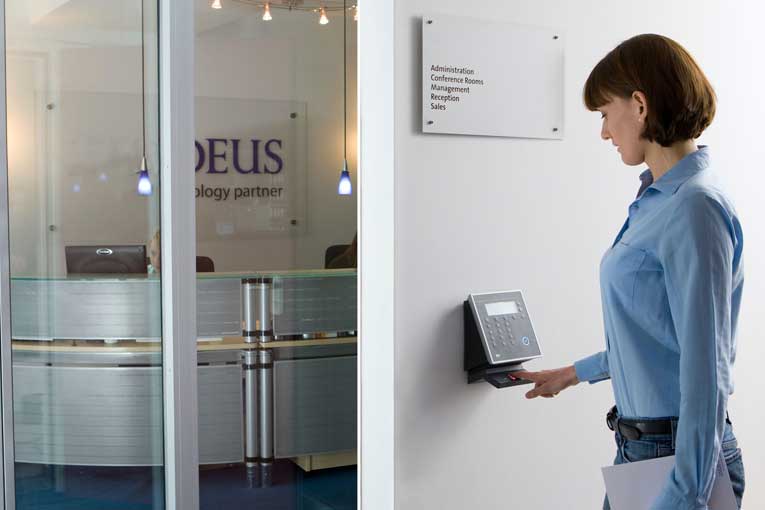What is Industrial Security Management?


Simon Burge
Share this content
Industrial security management is the practice of safeguarding physical, information, and human assets of an industrial facility, organisation or company from potential threats, risks or harm.
It is a critical component of business operations, particularly in the modern era, where companies are often faced with a host of security challenges.
The term refers to the process of safeguarding industrial facilities, personnel, and information from various threats, including theft, sabotage, and cyber attacks.
Industrial security management is a complex process that involves several key elements, including risk assessment, access control, security planning, and response protocols.
Industrial security management involves identifying, assessing, and mitigating security risks within the organisation or facility, as well as implementing security measures to protect personnel, property, and sensitive information from theft, damage, sabotage, espionage, or other types of malicious activities.
In this article, we’ll take a deeper dive into each of these elements, covering the importance of industrial security management in the modern business landscape.
Article Chapters
ToggleThe Purpose of Industrial Security Management

The goal of industrial security management is to create a secure environment that protects the assets of an industrial facility or organisation from a variety of threats, including cyber attacks, theft, sabotage, and natural disasters.
This requires the implementation of security policies and procedures, physical security measures, access control, and cybersecurity measures to safeguard assets and ensure continuity of operations.
Industrial security management also involves training personnel to recognise potential threats and to respond appropriately to security incidents, as well as conducting regular security assessments and audits to identify and address vulnerabilities in the organisation’s security system.
Key Steps in Industrial Security Management

Risk Assessment
Risk assessment is the initial step in industrial security management, and it involves identifying and analysing the various threats and vulnerabilities facing an organisation.
During this stage, the security team will conduct a thorough analysis of the facility’s physical information, and human assets to identify potential threats and vulnerabilities.
This assessment will consider a range of factors, including location, layout, access points, personnel, and information systems.
Based on this analysis, the security team will then develop a comprehensive risk management strategy that outlines the steps required to minimise or eliminate identified risks.
Access Control
Access control is another critical element of industrial security management.
It involves limiting access to industrial facilities and information to authorised personnel.
Access control may include physical security measures such as security cameras, entry and exit points, and employee ID checks.
It may also include cybersecurity measures such as passwords, encryption, and firewalls.
By limiting access to sensitive information and facilities, organisations can minimise the risk of theft, sabotage, and other security breaches.
Security Planning
Security planning is the process of developing a comprehensive security plan that outlines the measures required to safeguard an organisation’s physical, information, and human assets.
The security plan should be based on the risk assessment and include measures to prevent, detect, and respond to security threats.
It should also include a response plan for dealing with security incidents, such as a breach or a natural disaster.
The security plan should be regularly updated to reflect changes in the organisation’s risk profile.
Response Protocols
Response protocols are critical in industrial security management.
They are the plans and procedures that outline the steps required to respond to security incidents.
Response protocols may include a range of measures, such as evacuation procedures, communication plans, and incident reporting procedures.
By having these protocols in place, organisations can respond quickly and effectively to security incidents, minimising the potential impact on their operations.
Why Industrial Security Management is Important
Industrial security management is critical in the modern business landscape.
The threats facing organisations today are multifaceted and constantly evolving.
Industrial security management provides a comprehensive approach to managing security risks, helping organisations to protect their physical, information, and human assets.
By implementing effective industrial security management practices, organisations can minimise the risk of security incidents, protect their reputation, and ensure business continuity.
Conclusion
As you’ll now fully appreciate, industrial security management is a critical component of modern business operations.
It involves identifying, assessing, and mitigating security risks, limiting access to sensitive information and facilities, developing a comprehensive security plan, and responding to security incidents.
By implementing effective industrial security management practices, organisations can protect their assets, minimise the risk of security incidents, and ensure business continuity.
As the security landscape continues to evolve, industrial security management will remain a crucial component of business operations.



